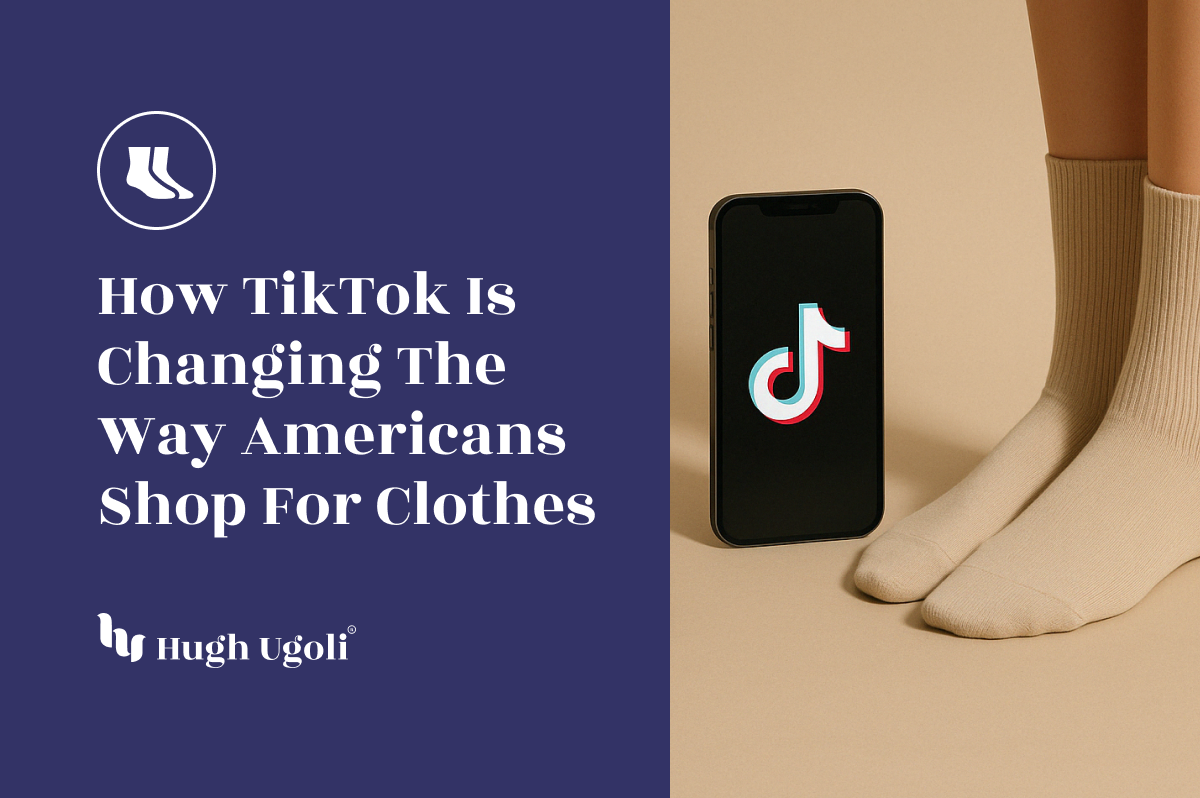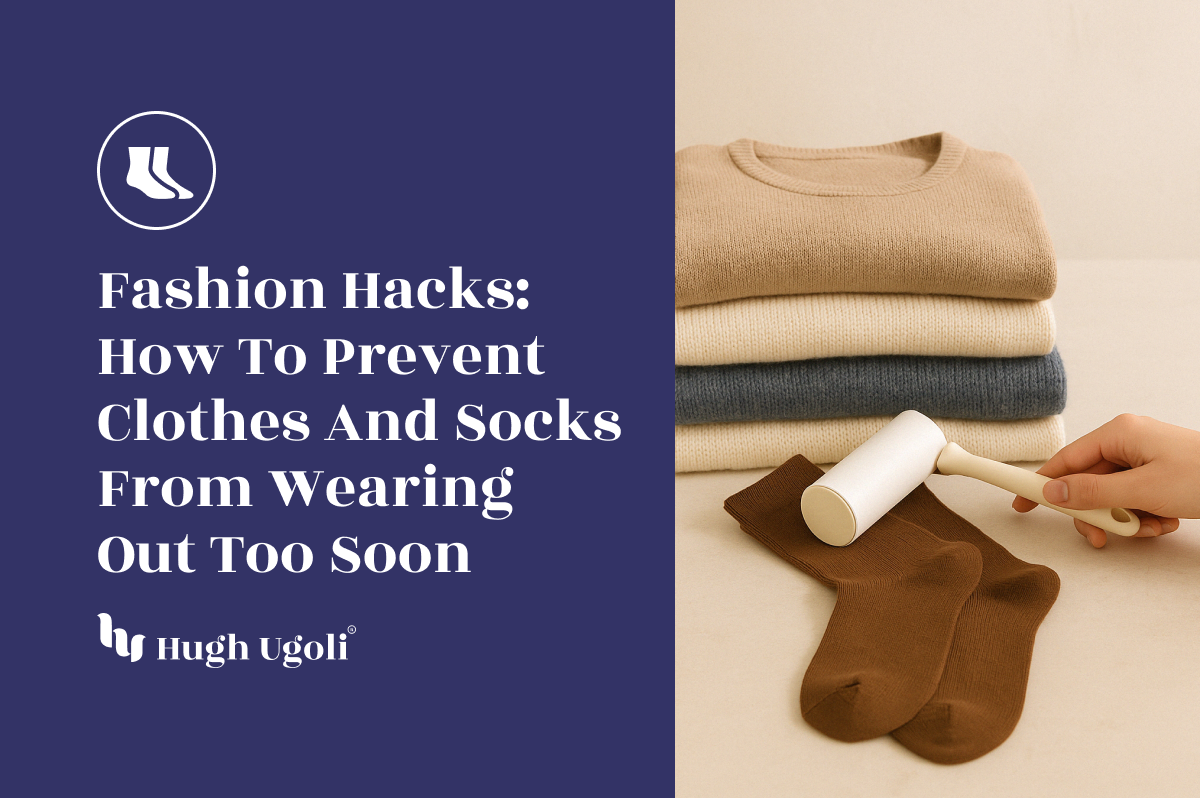Every detail matters regarding sports and athletic performance—even down to the socks you wear. While socks may seem like a trivial part of your athletic gear, the right pair can significantly impact your comfort, performance, and even your risk of injury.
This comprehensive guide will explore the importance of choosing the right athletic socks for various sports activities. From the types and materials to expert tips for care and longevity, this article aims to be your go-to resource for all things related to athletic socks.
Why Athletic Socks Matter
While athletic socks may seem minor in your sports gear, their role is far from insignificant. The right pair can enhance your performance, provide essential comfort, and even prevent common foot problems that athletes often face.
The Role of Socks in Athletic Performance
Socks serve as the intermediary between your feet and your athletic shoes. They provide cushioning, reduce friction, and wick away moisture, which is crucial for optimal performance. Whether running a marathon, playing a basketball game, or participating in a high-intensity workout, your choice of socks can make or break your experience.
Common Foot Problems in Athletes
Athletes are prone to various foot issues, including blisters, athlete's foot, and even stress fractures. The right pair of athletic socks can mitigate these risks by offering moisture-wicking properties, adequate cushioning, and proper fit. Ignoring the importance of quality athletic socks can lead to discomfort and, in severe cases, long-term foot health issues.

Types of Athletic Socks
The world of athletic socks is surprisingly diverse, offering a range of options tailored to different sports and activities. Understanding the types of athletic socks available can help you make an informed choice that aligns with your needs.
Low-Cut vs. Crew vs. Knee-High
Low-Cut Socks: These socks sit below the ankle and are ideal for running or gym workouts. They need to be more visible and focus on providing cushioning for the sole.
Crew Socks: Extending to the mid-calf, crew socks offer more leg coverage and are often used in sports like basketball and tennis. They provide additional support and are versatile enough for various activities.
Knee-High Socks: Commonly used in sports like soccer and baseball, knee-high socks offer full calf support and are designed to stay in place during high-intensity activities.
Specialized Socks for Specific Sports
Running Socks: These are engineered for moisture-wicking and usually come with extra cushioning in the heel and ball of the foot.
Basketball Socks: These offer ankle and arch support, providing stability during quick lateral movements.
Soccer Socks: Designed to fit snugly and stay in place, soccer socks often come with built-in shin guard pockets for added convenience.
Material Matters
Regarding athletic socks, the material is a critical factor influencing your performance and comfort. Different materials offer various benefits, from moisture-wicking capabilities to temperature regulation. Let's delve into the most commonly used materials in athletic socks and their advantages.
Cotton vs. Synthetic Blends
Cotton: Cotton is soft and breathable but tends to retain moisture. This can be problematic in sports settings where sweat accumulation can lead to discomfort and foot issues.
Synthetic Blends: Materials like polyester, nylon, and spandex are often used in athletic socks for their moisture-wicking properties. These materials are engineered to draw sweat away from the skin, keeping your feet dry and comfortable.
The Importance of Breathability and Moisture-Wicking
Breathability is crucial in athletic socks to allow air circulation, which helps to regulate temperature. Materials with moisture-wicking capabilities, such as synthetic blends, are highly recommended for athletes to keep their feet dry and reduce the risk of fungal infections.
Features to Look For
Beyond the type and material, athletic socks have various features designed to enhance comfort and performance. Knowing what to look for can help you find the perfect pair.
Arch Support
Many athletic socks have built-in arch support to stabilize and reduce foot fatigue. This feature is particularly beneficial for sports that require a lot of running or jumping, as it helps distribute pressure more evenly across your feet.
Cushioning
Cushioning is another essential feature to consider. Extra padding in the heel and ball of the foot can absorb impact and provide comfort during high-intensity activities. However, too much cushioning can tighten your shoes, so finding the right balance is crucial.
Seamless Design
A seamless design minimizes friction and reduces the risk of blisters. This feature is essential for long-distance runners or athletes prone to foot irritation.
Expert Tips for Choosing and Caring for Athletic Socks
You're now equipped with the knowledge to make informed choices about athletic socks. To wrap up this comprehensive guide, let's look at some expert tips to help you get the most out of your sock choices.
Sock Care for Longevity
Proper care can extend the life of your athletic socks and maintain their performance features. Always check the care label for washing instructions. Generally, it's best to wash socks inside in cold water and air dry them to preserve their elasticity and softness.
When to Replace Athletic Socks
Even the best athletic socks have a lifespan. Look out for signs of wear and tear, such as thinning material or holes, and replace them promptly. Worn-out socks can compromise your comfort and performance.
Choosing the right athletic socks is not just a matter of style; it's a crucial aspect of your sports performance and overall foot health. This guide has equipped you with the knowledge to make informed choices, from the types and materials to the specific features and care tips.
















